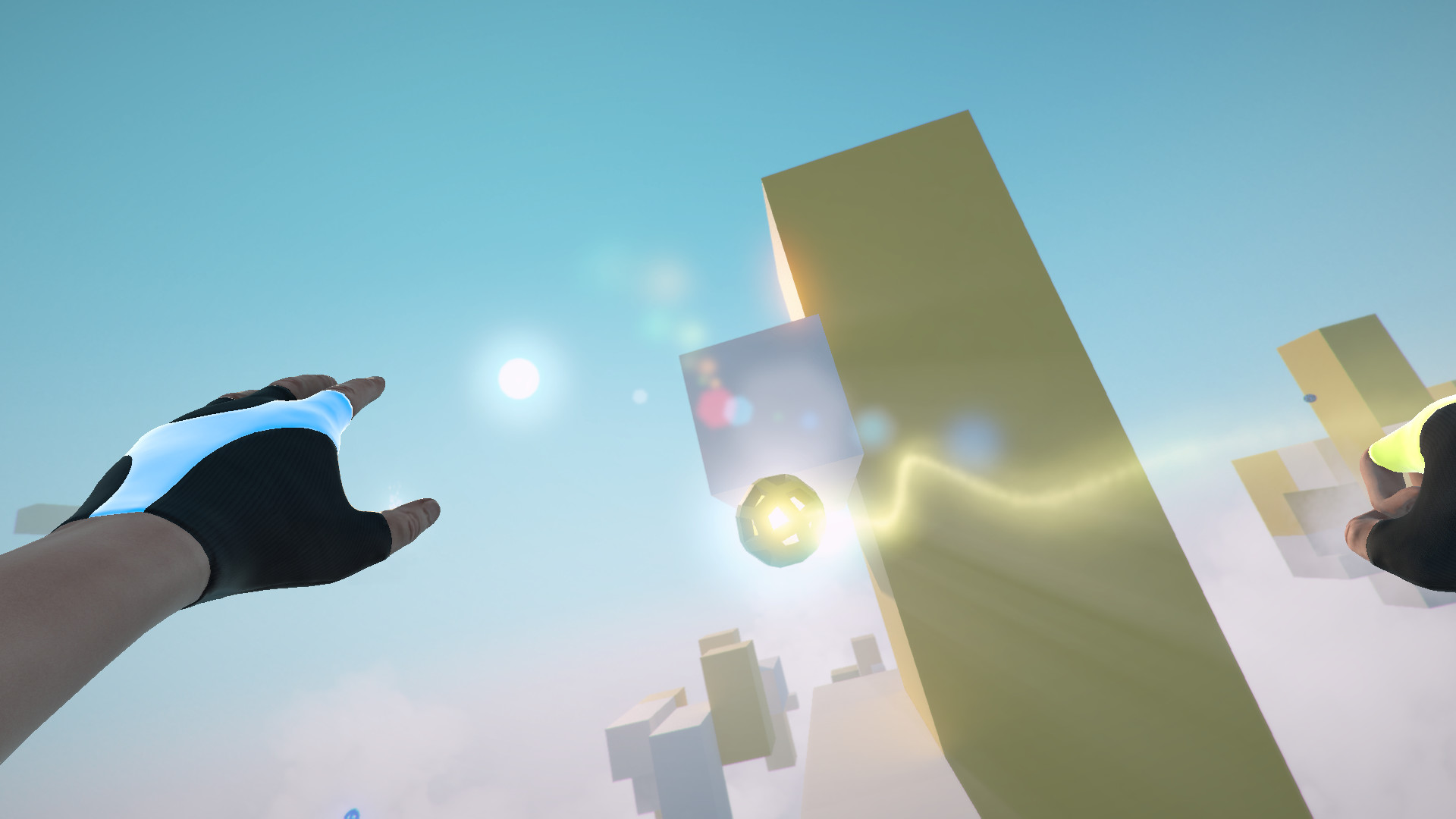Title: 3D artist
Focus: Environment design
Type: Full-time, permanent
Last day to apply: 17th of June 2018
Frictional games are filled with terror, intrigue, mystery, and emotion. We want our environments to reflect that, from the shape of the landscape to the smallest rock, while subtly guiding players and helping to enhance the gameplay.
This is where you come in.
We are now looking for an experienced 3D artist, who will focus on environment design for our upcoming games. This means working closely with our gameplay programmers / designers, and using modelling, texturing, and design skills to create memorable, interesting, and functional environments for our players to experience.
What will you work on?
We are quite a small team, but we consider it our strength. As an environment artist you will get to work on everything from props to high-level design. This means your contribution will greatly influence how the final game looks, plays, and evokes emotions.
Here are some of the things you will be working on:
- Collaborating with designers to create level layouts, combining both gameplay and an artistic perspective.
- Taking levels from whitebox to a polished product.
- Creating basic models that make up the levels, such as walls and floors.
- Modelling props of various complexity, both with and without the help of concept art, and often having to take gameplay concerns into account.
- Constructing particle systems, both by drawing textures and using parameters in our editor.
- Combining various techniques to create special effects, such as flowing water or fire.
For some examples of our environments, please check the video above!
What are we looking for?
The person we’re looking for is creative, driven and self-sufficient. We have recently set up a central hub in Malmö, Sweden, and hope you can move over to our seaside city sometime in the future.
You have to be a European resident to apply.
Here are some essential skills we require:
- Good understanding of composition and player guidance.
- Ability to challenge yourself, make bold creative decisions, and try non-conventional things.
- A critical approach to your work, with the ability to take a step back and reflect.
- A strive for structure, efficiency, and clarity.
- Strong self-drive and ability to organise your own work.
- Interest in and ability to do research for interesting prop and environment solutions.
- Love for working on a variety of tasks.
- Fluency in English.
- Excellent skills in 3D software. Modo preferred.
- Familiarity with Zbrush/Mudbox/similar.
- Excellent skills in Substance.
- Excellent skills in Photoshop or similar software.
- Familiarity with issue-tracking software.
- Experience in classic/non-PBR workflow.
- Basic rigging and animation skills.
- Love for horror, sci-fi, and narrative games.
- A major role in completing at least one game.
- Great free-drawing skills.
- Experience in level design.
- Strong game design skills.
- Experience kitbashing/working with modular sets.
What do we offer?
We make games, because that’s what we love. But we know there are other things we love, like playing games, taking part in sports, or spending time with our families. We believe a healthy balance between work and life reflects positively on your work, which is why we don’t encourage crunch.
We also offer:
- Flexible working hours.
- Opportunities to influence your workflow.
- Variety in your work tasks, and ability to influence your workload.
- Participation in our internal game Show & Tell sessions, so you’ll have input into all aspects of the game.
- Social security and holidays that are up to the Swedish standards.
- An inclusive and respectful work environment.
- An office in central Malmö you can use as much as you please.
- Fun workmates, game and movie nights, and other outings!
Apply? Apply!
If all of the above piqued your interest, we would love to hear from you! Send us your application 17th of June the latest - but the sooner, the better! Please attach your:
- Cover Letter
- Why should we hire YOU?
- CV
- Portfolio
- Link or PDF
- Preliminary work test
- See the test below
- Examples of works that have inspired you or blown you away
- PDF, screenshots preferred.
Please note that we require all the attachments to consider you.
Send your application to apply@frictionalgames.com!
Preliminary work test
After 3 years of failed experiments, Professor Kim finally managed to reverse gravity. However, the professor died just as he succeeded, and the whole thing ran amok.
The player enters the research facility where the experiments took place. As they go through the level, they gradually learn about what the professor was trying to achieve. At the end they’re met with a revelation, and see the disturbing results of the experiment. As they reach the end, the level must loop in a way where the player finds themselves near the entrance, where they first started.
We are looking for a simple design, done as a rough 3D sketch/white box. You are free to write notes and do paint-overs on top of the 3D.
This test is a first step in the evaluation process, showing us your basic skills, so we are not looking for you to spend a lot of time on it. Imagine this as a quick proof of concept you would present before doing a pitch or a design.
We will evaluate your artist vision, creativity as well as level design skills.
Put everything as a collection of images into one folder on Dropbox, Drive or similar, and send the link to us.
Privacy Policy
By sending us your application, you give us permission to store your personal information and attachments.
We store all applications in a secure system. The applications are stored for two years, after which they are deleted. If you want your your information removed earlier, please contact us through our Contact form. Read more in our Privacy Policy.





